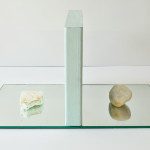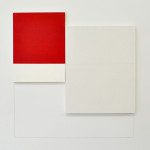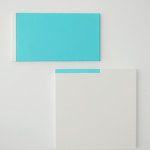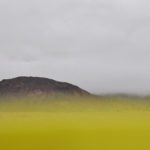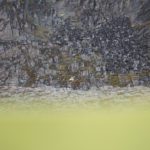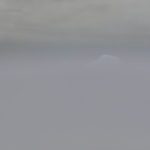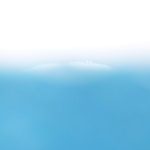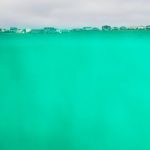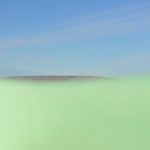Opening reception: Saturday, November 7th from 3-5pm
Jessica Houston: Horizon Felt
Text by Nancy Webb
In Jessica Houston’s Afterward, Silence (Franklin’s Crewmen’s Grave, Beechey Island) a single pale gravestone stands on an otherwise desolate ashen shore – a relic of Sir John Franklin’s ill-fated 1845 expedition in search of the Northwest Passage. Here, at the polar horizon is where colonial explorers once thought the populated world dropped off. Instead, they were confronted with the presence of established, living, breathing communities. It is also here that scars are most visible.
Many of the works in Horizon Felt began as part of Houston’s own Arctic voyage retracing Franklin’s journey, with the starkly different intention of surveying the effects of climate change and taking visual stock of the traces of colonization. In many of the photographs, polar landscapes are nearly engulfed by luminous colour fields in bright red, magenta, aquamarine and yellow. These hazy demarcations were made by obstructing part of the camera lens with colourful felt, giving the effect of a manual sunset or imposed horizon. They can be by turns meditative – as in Perceptible Changes Over Time (Iceberg, Baffin Bay), wherein a bleached sky and the tip of an iceberg meet a stretch of misty blue – and menacing – as in We’ve Crossed the Line, which similarly features a lonely iceberg, this time interrupted by a blood-red expanse.
Like her photographs, Houston’s paintings employ a logic of division. Sheets of pigment inspired by an Arctic palette of natural elements (moss, berries, stone) are cleanly spliced, segmenting each canvas. They recall the neatly partitioned geometric surfaces of Minimalist paintings, while also evoking territorial boundaries. With titles like Taking Possession and Unnavigated Passage, these visually abstract works are straightforward in their critique of the colonial and environmental damage precipitated by false entitlement. In the latter, two canvases hang side by side; the space between them is illuminated by a placid blue emanating from a strip of paint applied to one side of the smaller painting. Here, the Felt in the series’ title evaporates into a less tangible sense of touch achieved by the effects of light and colour. Boundaries appear less clear-cut – dividing lines evanesce, nearly disappear.
In our flawed human effort to reverse what we’ve done wrong, it can feel like we are chasing a constantly diminishing horizon; night falls slowly on certain species, certain natural resources, certain ways of living, like a final curtain. While Houston’s glowing horizons can be ominous or obscuring, they can also be utopian. The mystery of what lies beyond the horizon motivates the chase, and its luminosity – those slivers of light you might see as an immense late summer sun creeps behind a skyscraper – naturally provide a swell of hope, a sense of expectant fullness. Like the slices of light and colour that delimit Houston’s landscapes, every sunset and every radiant horizon begs to be deeply felt.


